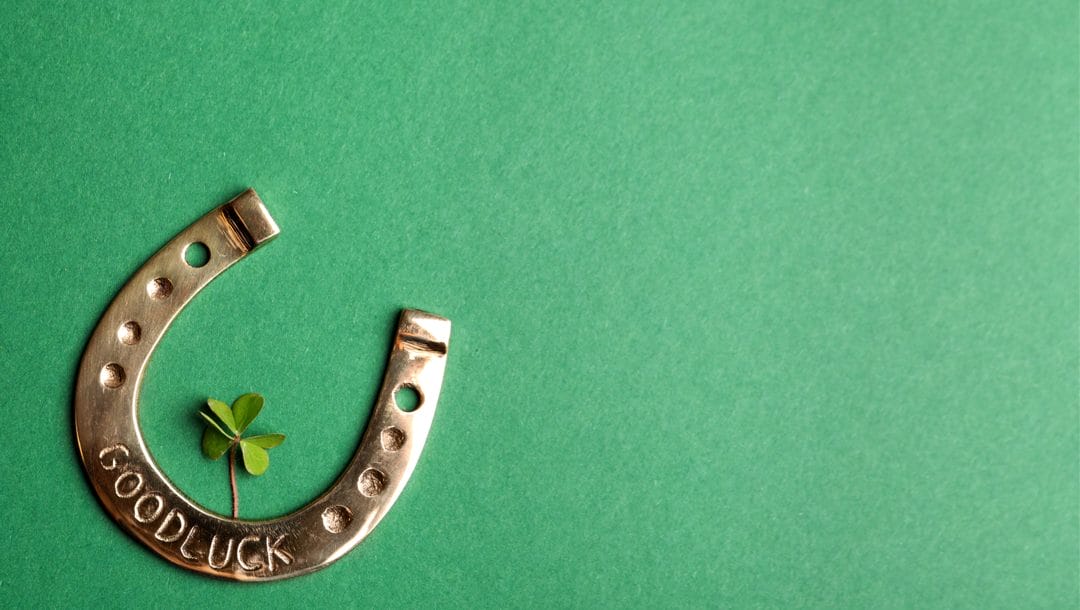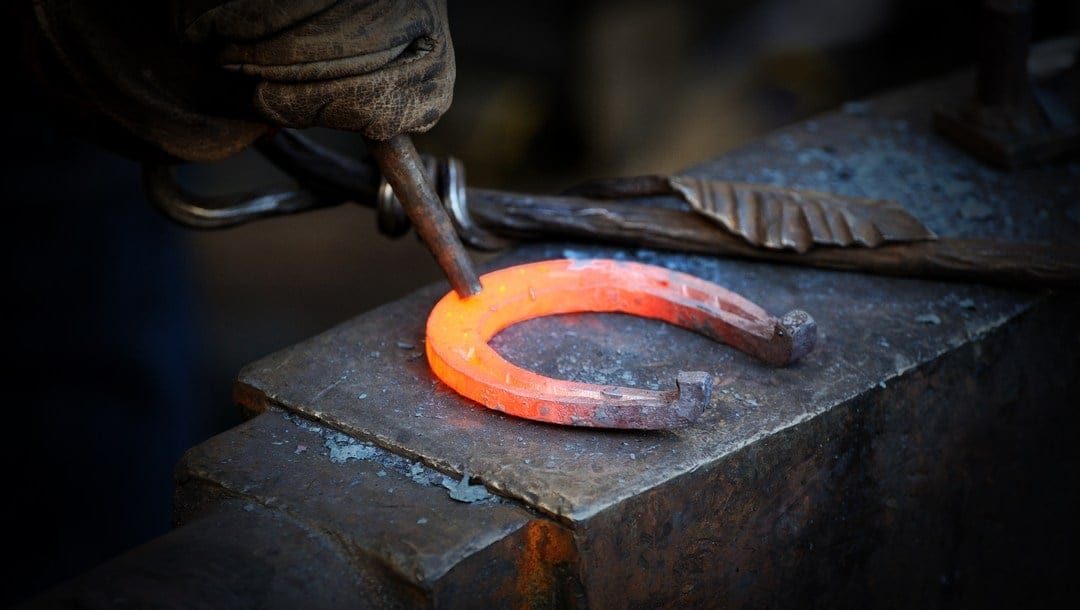There’s nothing like watching a thoroughbred racehorse thunder first past the finish of a horse-racing tournament, especially if the winner is your online sports betting favorite! In the glory of the moment, it’s easy to forget the centuries of history and tradition behind such unforgettable achievements. Consider the example of horseshoes: Much more than a symbol of good fortune, they’re the foundation of our modern civilization. That’s because the invention of this basic technology opened the world up to travel and trade for the first time. There’d be no technological advancement – no energy, no space travel, no internet – without horseshoes. Think of that the next time you’re placing an NYRA bet! Let’s take a closer look at the history of the humble horseshoe.
Horseshoes: A game-changing invention
Nobody’s quite sure when people first domesticated horses – the latest theory is that it took place 6,000 years ago in Russia’s Western Steppe – but it certainly was a most fortunate occurrence. Horses empowered people to travel much farther than they ever could, so they could find better food and shelter more easily. This mobility gave horse-riding clans a seriously big advantage in the game of life as they spread out through Asia, Europe and beyond. But those early equestrians soon discovered that they needed to protect their horses’ hooves. They made their horses work much harder than wild horses naturally do, and in all kinds of rough terrain. Sore hooves could be a major liability, so horse handlers made protective wrappings from hides and plants.
The Ancient Egyptians and Romans took this idea further with leather and metal “horse sandals.” In northern Europe, people started nailing metal shoes to their horses’ hooves in the sixth and seventh centuries. This prevented problems caused by the soft, wet ground, and boosted farming and transportation hugely. By 1000AD, the practice of horseshoeing had become mainstream. This laid the ground for technological breakthroughs such as the steam engine and internal combustion, which led directly to our modern world.
How horseshoes became lucky

Horses have given humanity so much to be thankful for that it’s no surprise that their “shoes” have become a symbol of luck along the way. Nobody’s quite sure exactly when this happened, but the belief was widespread. To the eighth-century Chaldeans, the horseshoe’s crescent shape represented various moon goddesses who protected believers against the curse of the “evil eye.” Then there’s the famous 10th-century story of St Dunstan, patron saint of blacksmiths, who shod the devil’s hoof with such great force that he agreed never to cross a threshold with a horseshoe nailed above it. Even the iron that horseshoes were made from was thought to be lucky. Folk tradition had it that the mischievous fairy folk stayed away from iron, while witches were reputedly so afraid of horseshoes that they chose to fly on broomsticks rather than ride on horseback. And as if that weren’t enough, lucky horseshoes had numbers on their side. The number of holes made to hold the shoe in place on the hoof was seven, considered to be one of the world’s luckiest numbers.
Horseshoes and horse racing
Horses have taken a back seat as far as farming and transportation are concerned – we thank them for their service! – but horse racing remains one of the most popular and lucrative sports today. Of course, horseshoes continue to play a vital role in preparing thoroughbreds for horse-racing tournaments because their hooves can take a lot of damage from running on firm ground or leaping over steeplechase hurdles.
These days aluminum has replaced iron as the metal of choice for racing horseshoes (domestic horses are shod with steel). Its effects on fairies and witches are unclear, but aluminum is a lot lighter and more durable than iron, which is definitely good news for the horses and racing fans alike. It stops the hoof wall from cracking or splitting on impact, and prevents injuries from throwing out your carefully calculated horse-racing odds!
Sports betting and horseshoes
“The favorite has spread a plate!” A racing announcement like this might sound alarming if you’ve just started learning how to bet on NYRA horse racing, but it’s really nothing to worry about. At least, it’s highly unlikely to affect the odds. If a horse is said to spread a plate, it means they’ve damaged or lost a horseshoe just before the race. A farrier has to be called in to reshoe the horse, which usually delays the race by no more than a few minutes. Farriers are trained to ensure that horses are as well prepared to run as possible, and they’re used to replacing horseshoes quickly and without causing any discomfort. That said, there are times when shoes do affect horse-racing odds. That’s when they become detached from the hoof once the horses have left the starting gates. For example, a lost shoe cost Europe’s best miler, Palace Pier, the 2020 Queen Elizabeth II Stakes. Unpredictable upsets of this nature are all part of the game, giving online horse racing that special edge.
Get in the running with BetMGM’s online sportsbook
The proudest traditions of horse racing are brought live to your screen when you sign up at BetMGM. Learn how to bet on horse racing and discover all the types of horse NYRA racing bets. You’re also welcome to explore all our other sports-betting categories, from NBA to MLB and beyond. And for a flutter at the gaming tables in between events, remember that our online casino’s doors are always open, too!


